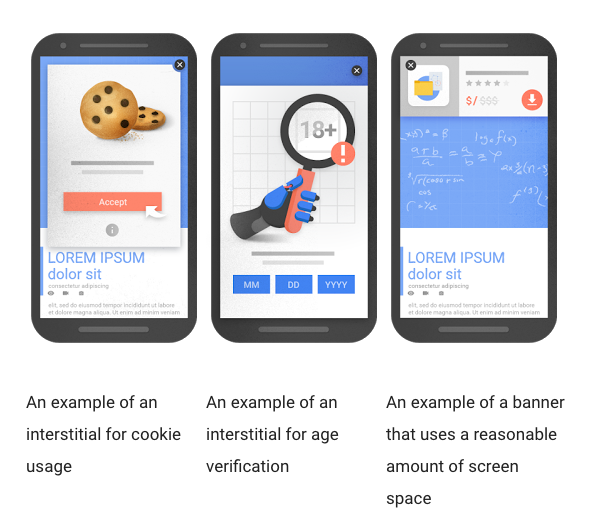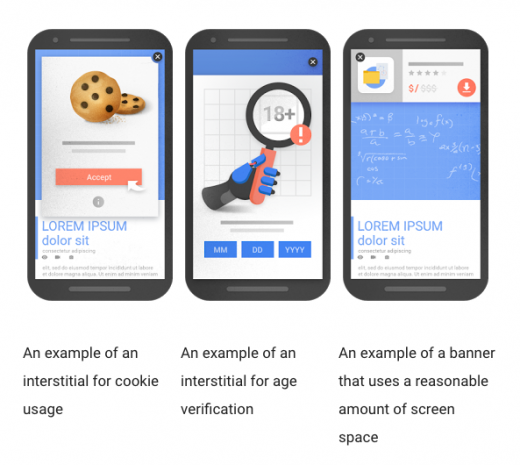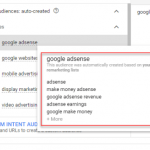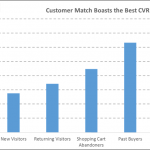Google’s Updated 2017 Policies on Mobile Pop Ups, Overlays and Interstitials
August 25, 2016
Nearly two years ago, I wrote an article on Google’s Policies on Pop Ups and Marketing Overlays and how it affects SEO. The practices discussed in that article still make sense for marketers today. Google’s stance for desktop browsing is simple:
Google allows modal overlays that open within the same window that a visitor is browsing.
Google does not allow pop ups that open in a separate window outside the window the visitor is browsing.
This means that Google sees no problem with using pop ups within the same window to engage visitors. Presenting a pop up or overlay that provides relevant value to the content on the page is viewed as a responsible marketing practice.
On August 23, Google announced some changes to how they view pop ups, overlays and interstitials on mobile browsers:
“Pages that show intrusive interstitials provide a poorer experience to users than other pages where content is immediately accessible. To improve the mobile search experience, after January 10, 2017, pages where content is not easily accessible to a user on the transition from the mobile search results may not rank as highly.”
This announcement has many digital marketers scratching their heads as to how it applies to their mobile marketing practices. While Google is always changing how they index sites, here is what it means for your mobile marketing strategy.
This Only Applies to Mobile
Google’s main purpose for this announcement and change in mobile site indexing is to help users access mobile content easier. Browsing on mobile can be more difficult and some websites have limited mobile responsiveness. Google sees interstitials as making content less accessible.
This doesn’t mean you can’t use pop ups or on-site messaging though. Here are some examples given by Google that would be acceptable.

This means that you can use signup bars, pop ups for log in or access purposes, and pop ups for legal reason like age verification.
Note: None of this applies to your desktop website. You can continue to use website pop ups, email pop ups, and exit pop ups on your website without any penalty in ranking.
It’s only one of hundreds of signals for website indexing
It’s very easy to blow this one aspect of Google’s mobile website indexing but in reality, it’s only one signal out of hundreds of signals that factor into a website’s ranking. Yes, some websites that rely on interstitial ads heavily will most likely have to make some changes, but many websites will still be able to market to website visitors with a pop up or messaging bar on mobile.
This may only apply to pop up advertisements
It’s still unclear which types of pop ups, overlays, and interstitials Google sees as negative to the mobile browsing experience. In their announcement, they discuss interstitial advertisements quite a bit which leads some to believe that this marketing practice is what they are trying to discourage.
Using a pop up or overlay that relates to the mobile website experience may be allowed. Email pop ups, onsite promotions, and relevant onsite messaging could all be viewed as beneficial to both the website visitor and the marketer. This remains to be seen. I’ll be sure to update accordingly as we find out more on the topic.
What Do You Think?
Stay up to date on Google’s mobile website indexing. I’ll continue to update this article as I find out more about the topic. Bookmark this article and check back for more info.
What are your thoughts on Google’s latest announcement regarding pop ups, overlays, and interstitials on mobile browsers? Please share in the comments section below!
Digital & Social Articles on Business 2 Community
(21)














